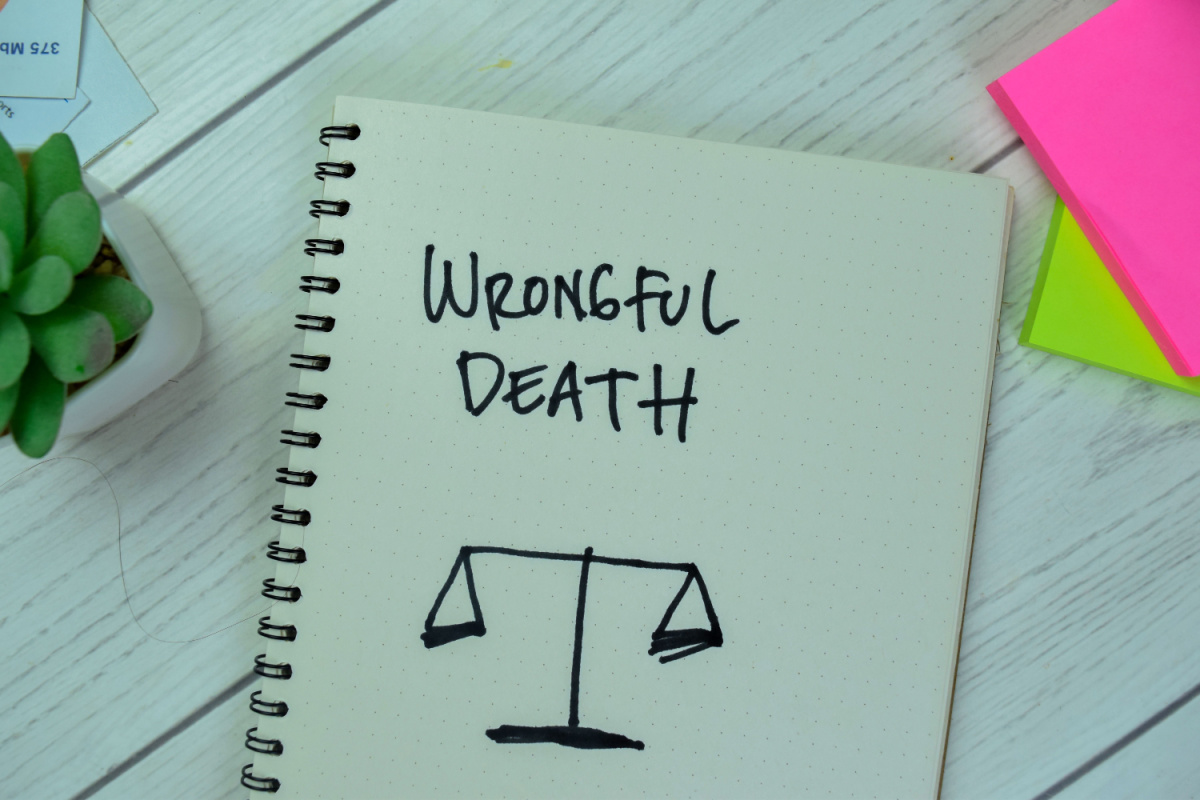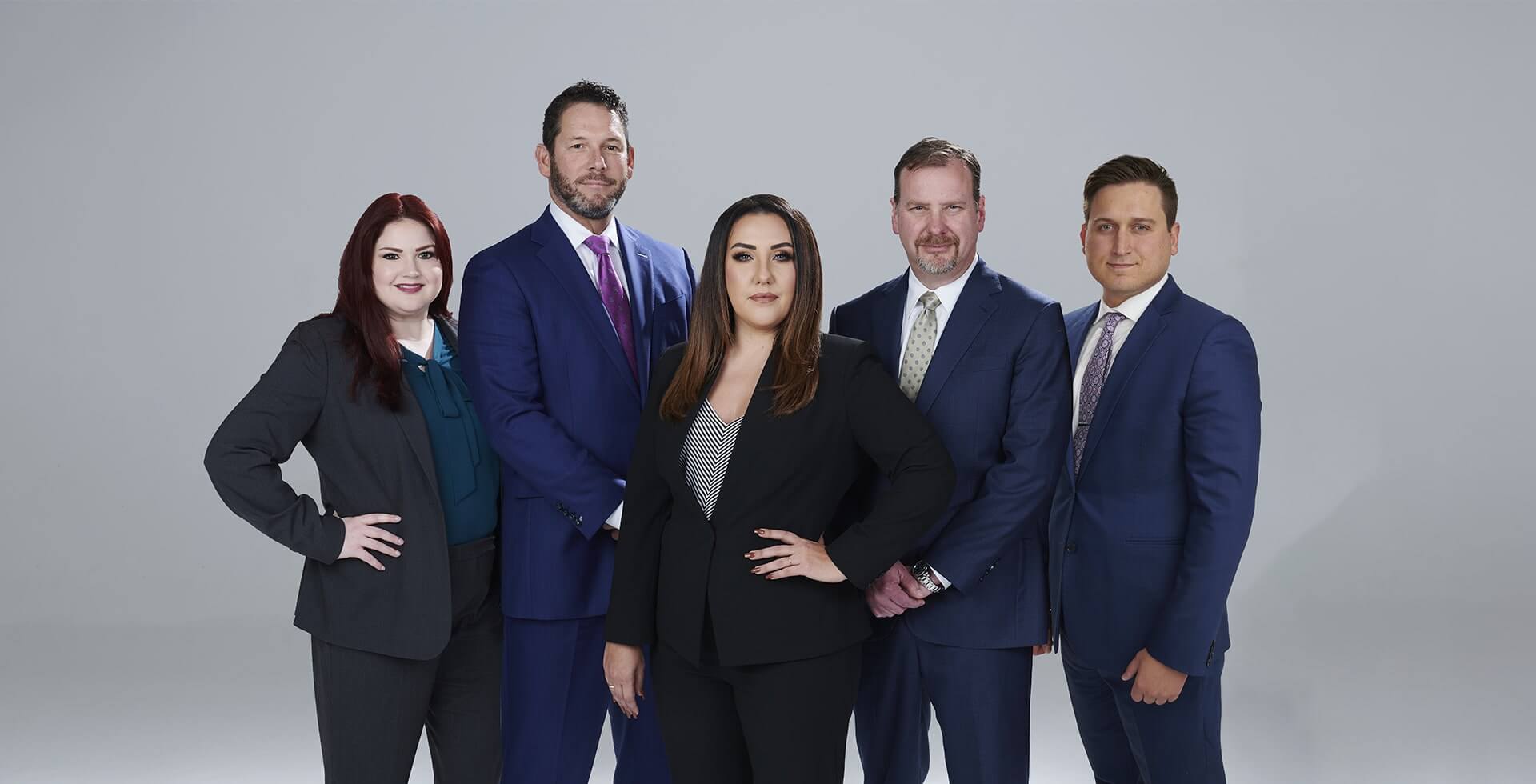
The family of a man who died at the age of 45 following an incident involving deputies using Taser-like devices has filed a wrongful death lawsuit against Sheriff Kevin Clardy of McCurtain County. Three deputies, a game warden, and the county commissioners’ board were also named in the suit.
In March of 2022, the victim, possibly undergoing a mental health episode, shattered a convenience store’s glass door. It remains uncertain whether the victim was influenced by drugs or alcohol at the time. Before the arrival of sheriff’s deputies, citizens restrained Barrick, who was then “hogtied,” as noted in the legal complaint. Three deputies and a game warden attended the scene. According to the lawsuit, witnesses observed the deputies using a chokehold, a baton, and delivering at least four Taser shocks. Following these events, Barrick ceased breathing and displayed seizure-like symptoms, as stated in the lawsuit. He was initially taken to McCurtain Memorial Hospital and later airlifted to Paris Regional Medical Center in Paris, Texas, where he succumbed to his injuries five days later.
Wrongful death claims arise when a person’s death results from another party’s negligence or misconduct. Often complex, these legal actions seek justice for the deceased and support their family. Typically, a representative of the deceased’s estate files the claim, aiming to address the financial and emotional impacts of the loss. Wrongful death cases can result from various situations, such as car accidents, medical malpractice, or workplace incidents. The legal process for these claims involves proving that negligence or wrongful action caused the death and quantifying the damages suffered by the family. Wrongful death laws vary by state and may cover funeral costs, lost income, and emotional distress. Time limits and eligibility requirements apply.
Filing a wrongful death claim involves several key steps, tailored to adhere to legal standards and ensure a thorough approach. Initially, a representative, usually from the deceased’s family or estate, must be identified to file the claim. This person acts on behalf of the affected family members. It’s important to gather all necessary documents, including the death certificate, evidence of the deceased’s earnings, and any relevant incident reports or witness statements. These documents help establish the claim’s foundation. Next, determining the responsible party or parties is a critical step. The claim must show how their actions or negligence directly led to the individual’s death. Calculating damages is another vital part of the process. This includes quantifying financial losses like medical expenses, funeral costs, loss of income, and non-economic damages such as emotional distress. Adhering to state-specific deadlines, known as statutes of limitations, is also significant, as missing these can jeopardize the claim.
In wrongful death cases, evaluating compensation involves several factors. Families should understand compensation typically covers both economic and non-economic damages. Economic damages include measurable financial losses like medical expenses incurred before the death, funeral and burial costs, and loss of the deceased’s future earnings. These calculations often consider the deceased’s earning capacity, age, and health before death.
Non-economic damages, while more challenging to quantify, are equally significant. They address the emotional impact of the loss, such as pain and suffering, loss of companionship, and the emotional trauma experienced by the family members. Some states also allow for punitive damages, designed to punish the wrongdoer for particularly reckless or intentional actions leading to the death.
A successful wrongful death claim rests on several key legal elements. First, proof of death must be established through a death certificate. The second element is demonstrating that this death resulted from another party’s negligence or intentional harm. For instance, in a car accident, it might involve showing that the other driver violates traffic laws.
The third critical element is the link between the responsible party’s actions and the death. This causation aspect requires showing that the death would not have occurred if not for the defendant’s negligence or wrongful act.
Finally, the claim must include a clear statement of damages. These damages can be economic, like lost income or medical bills, or non-economic, such as pain and suffering experienced by the family. These elements collectively form the foundation of a wrongful death claim, aiming to provide a measure of justice for the deceased and their loved ones.
Proving negligence in wrongful death cases often presents challenges. The primary challenge is establishing a direct link between the defendant’s actions and the death. This requires concrete evidence showing that the death would not have occurred without the defendant’s negligence or intentional harm.
Gathering substantial evidence is crucial. This might include eyewitness testimonies, expert opinions, accident reports, and medical records. Demonstrating a breach of duty is another hurdle. For instance, in a car accident case, it must be shown that the other driver violates traffic laws or drove recklessly.

In wrongful death claims, evidence is pivotal in strengthening the case. This evidence can take various forms, each contributing to a comprehensive understanding of the events leading to the death. Key evidence often includes accident reports, which provide an official record of the incident, and medical records, which detail the injuries and treatment the deceased received.
Witness statements are another critical form of evidence. These accounts can offer insights into the circumstances of the incident, helping to establish what happened and who might be responsible. Photographic or video evidence from the scene can also be invaluable, providing visual proof of the conditions and actions leading to the incident.
Expert testimony, such as from accident reconstruction specialists or medical professionals, can help clarify complex aspects of the case. By presenting a clear, evidence-based argument, the claim becomes more compelling, addressing any ambiguities and strengthening the position of the affected family.
If you are dealing with a wrongful death claim, contact us or call us at 918-359-6600 today for a free consultation.

When injury victims need a law firm with a reputation for excellence, turn to Graves McLain Injury Lawyers. We are a top-rated personal injury firm determined to be the best. With decades of award-winning representation, our clients recover the compensation they need to put their lives back together.